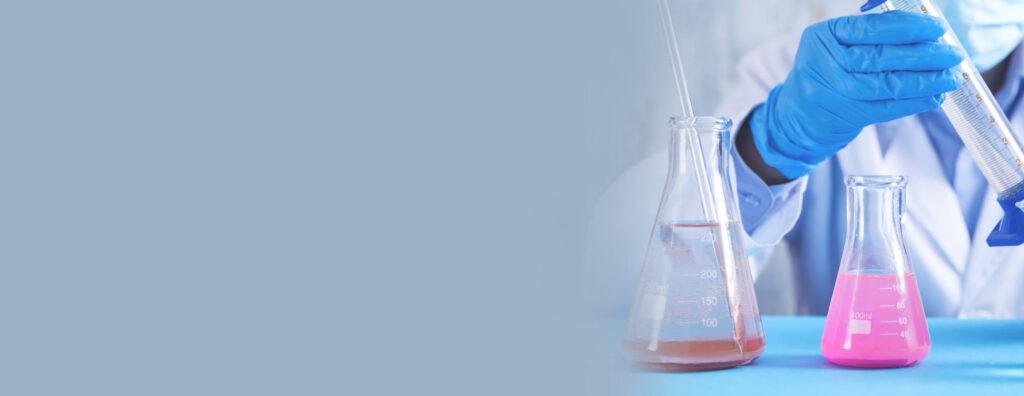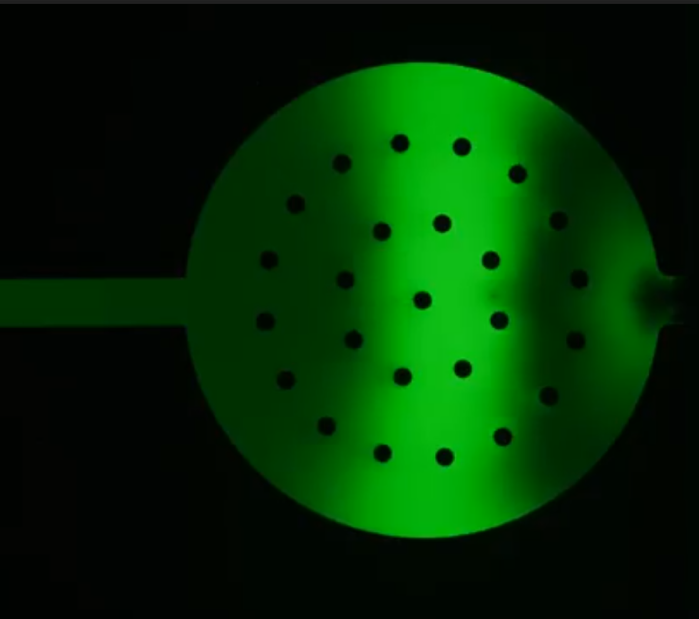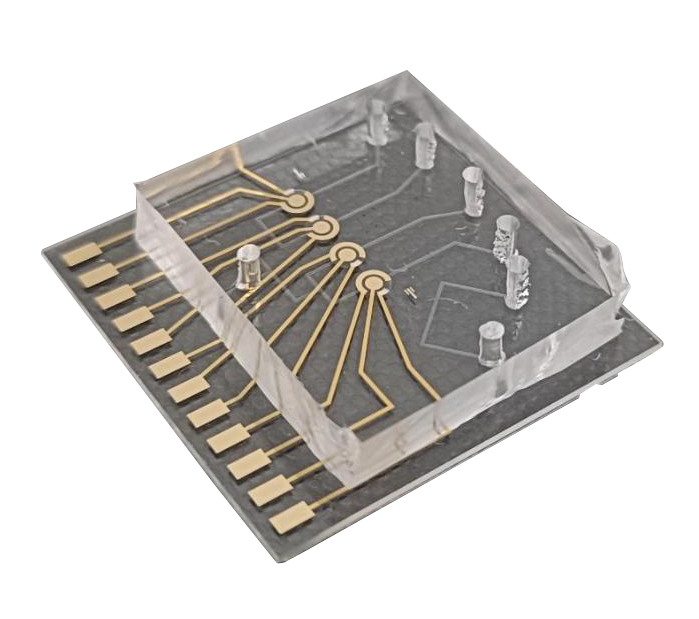
Research and development

The International Centre for Clean Water (ICCW) is working on the development of a multiparametric water quality monitoring unit. This project has been funded by IIT Madras Foundation.
The objective of this project is to develop an online colorimetric water quality monitoring unit that can collect data periodically and relay the same to an online dashboard. Commonly used potentiometric sensors are not available for many water quality parameters and in some cases, they bear a huge cost with limited life. The proposed unit overcomes these drawbacks and can be adapted for many water quality parameters such as Iron, Phosphate, Fluoride, Nitrate…
A lab-level prototype has been developed and demonstrated for fluoride testing (shown in the adjacent photograph). At present team is working on the lab-to-field transition of the technology and extending the same for additional parameters. Development of the automation and IoT electronics for the unit is being supported by ICCW incubated startup Eyenetaqua.
ICCW is working with the EES (Energy Environment and Sustainability) laboratory at Seoul National University, South Korea on the development of microfluidic electrochemical sensors. The major target of this project is towards integration of various heavy metal ion sensors on the same device. The device will facilitate the concentration of metal ions to enhance the sensitivity of electrochemical sensors by several folds. Electrochemical sensing elements with suitable functionalities towards a targeted set of toxic ions such as As3+, Mn2+, Fe3+, Cd2+, Pb2+ are being developed as a part of this project. The microfluidic technology for the concentration of ions is a complementary skill set supported by the team of researchers at the EES lab. Considering the complexity involved in the integration of various processes and their coordination with each other, rigorous optimization studies are in progress. This project is funded by the Department of Science and Technology, Government of India (DST) and the Ministry of Science and ICT, Republic of Korea (NRF).
Collaborative project teams:
- ICCW – Dr. Vidhya Subramanium and Dr. Kamalesh Chaudhari
- SNU – Mr. Seongho Baek, Dr. Wonseok Kim and Prof. Sung Jae Kim


